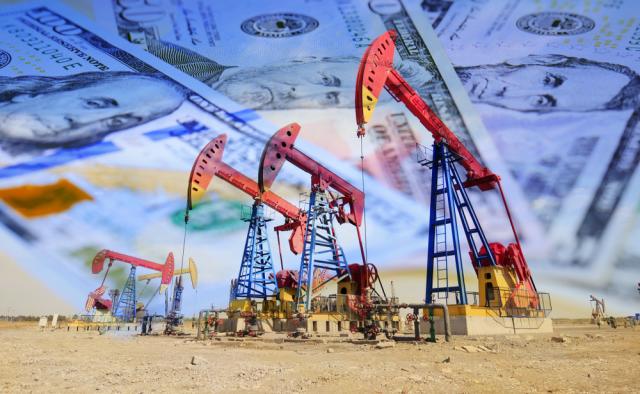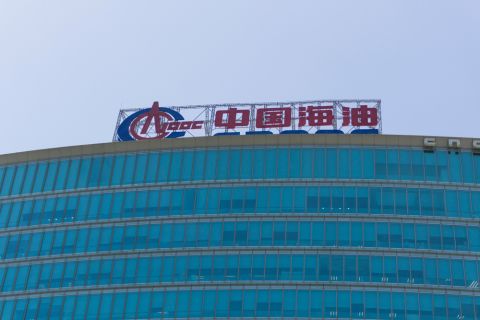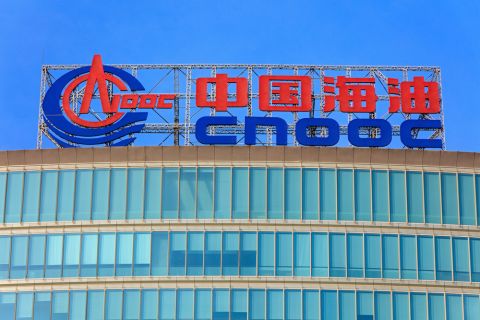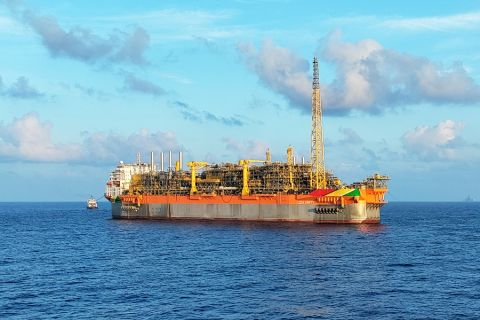
Longer-term concerns surrounding domestic crude production include steeper decline curves and softening global demand, analysts said. (Source: Shutterstock)
Weekly U.S. crude production calculations grabbed attention in recent weeks with a surprising surge through the first three weeks of August after being range-bound for about a year. Analysts had several theories about what was driving the spike, but generally agreed it is likely not the breakout to the upside it first appeared to be.
According to the Energy Information Administration (EIA), production remained relatively flat between 12 MMbbl/d and 12.3 MMbbl/d for the past year, but suddenly spiked from12.6 MMbbl/d to 12.8 MMbbl/d for the first three weeks of August. That happened against a backdrop of declining rig counts and slightly lower prices for West Texas Intermediate.
“The surge in weekly production seems to be an anomaly when compared to the monthly data,” said Chet Sharma, senior analyst with Enverus. “All of the weekly data have been a bit volatile. There have been revisions.”
Operators don’t produce weekly reports, said Steve Hendrickson, president of petroleum engineering firm Ralph E. Davis Associates, a subsidiary of Opportune. “The weekly data has to be inferred from production plus imports, minus consumption plus exports, adjusted for inventory.”
He also noted the EIA stated in a paper from a few years ago that its production estimates are accurate to within 2%. “The August weekly increases are bigger than that, so it could be [a] signal rather than just noise.”
One factor could be the time for initial production from wells drilled before the rig count started to decline. “It could just be a lagging indicator, given the time to complete wells and bring them on,” Hendrickson said.
Discerning a longer-term indication in the data, Hendrickson noted “an emphasis by producers on frac effectiveness. There has been some research to suggest that improvement in initial production has come at the expense of steeper decline curves. “That makes sense if you are taking more out sooner and faster, but not really increasing the reach of frac.”
That is an angle that Enverus has been taking. “There have been forecasts of increases in per-well productivity,” said Sharma, “but our data points to the opposite. We calculate that infill drilling has a 2% degradation in production, on a lateral normalized basis. A lot of our clients have been asking about this, and we’ve done a lot of research in the last few months on the topic.”
For the medium term, Enverus generally is bullish on crude, with an expectation for $95/bbl for Brent by the end of the year. That, Sharma suggested, is likely to bring rigs back into operation.
“Horizontal rigs were dropped in the first half of the year,” said Sharma, “especially by smaller, private operators in second-tier areas. But given our outlook for prices, we expect those rigs that have been dropped to be picked up.”
Given continuing consolidation in major basins, those rigs back in action could be used by larger producers.
Even as producers get their production dynamics sorted, demand remains uncertain. “There is still a cartel, OPEC, trying to manage prices,” said Hendrickson, “and still the war in Ukraine that has shifted supply lines. But the big question mark is recovery in China. It was anticipated that once the country came out of pandemic lockdown, it would add a million or two barrels a day of demand.”
That has not happened. “That could soften the global market,” Hendrickson explained. “The Chinese government has been buying crude in anticipation of a stimulus later in the year. If that does not go well, the market could get even softer.”
Recommended Reading
Sangomar FPSO Arrives Offshore Senegal
2024-02-13 - Woodside’s Sangomar Field on track to start production in mid-2024.
CNOOC Makes 100 MMton Oilfield Discovery in Bohai Sea
2024-03-18 - CNOOC said the Qinhuangdao 27-3 oilfield has been tested to produce approximately 742 bbl/d of oil from a single well.
CNOOC Finds Light Crude at Kaiping South Field
2024-03-07 - The deepwater Kaiping South Field in the South China Sea holds at least 100 MMtons of oil equivalent.
US Raises Crude Production Growth Forecast for 2024
2024-03-12 - U.S. crude oil production will rise by 260,000 bbl/d to 13.19 MMbbl/d this year, the EIA said in its Short-Term Energy Outlook.
Exxon Mobil Green-lights $12.7B Whiptail Project Offshore Guyana
2024-04-12 - Exxon Mobil’s sixth development in the Stabroek Block will add 250,000 bbl/d capacity when it starts production in 2027.




